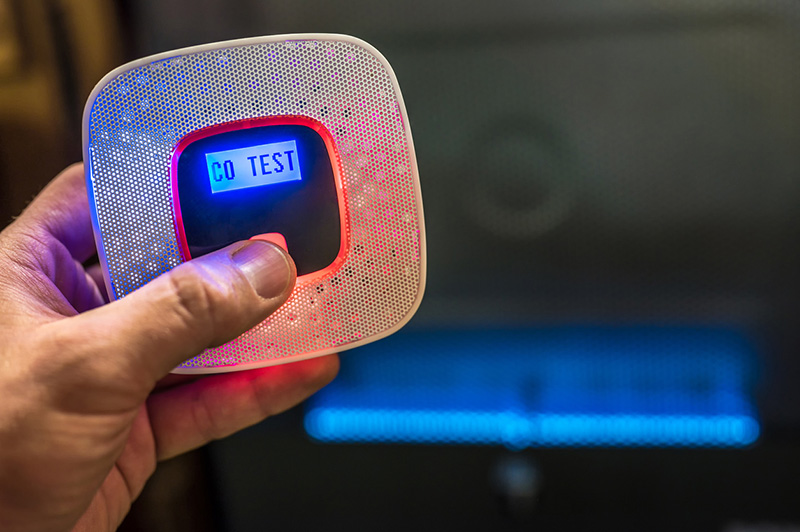You can’t see it. You can’t taste it. You can’t smell it. That’s what makes carbon monoxide so dangerous to children and adults. And while some people think their biggest risk for carbon monoxide poisoning happens in extreme cold, the fact is that it can happen almost at any time.
“More than 400 people in the U.S. die from carbon monoxide poisoning each year, and 20,000 people visit the ER with symptoms,” says trauma surgeon Forrest Fernandez, MD, with Grand View Health.
Engines that power cars, trucks and portable generators emit carbon monoxide. So too do fuel-burning devices like stoves, lanterns, grills, fireplaces, furnaces and gas ranges. If too much carbon monoxide builds up inside a garage, a shed, a house or any other enclosed space, it can be deadly to both people and animals.
Let’s take a deeper look at what carbon monoxide poisoning is and how you can help prevent it.
Knowing the Signs of Carbon Monoxide Poisoning
While it’s called the “silent killer,” carbon monoxide poisoning does bring some tell-tale symptoms, which may include:
- Headache
- Dizziness
- Weakness
- Upset stomach
- Chest pain
- Confusion
Some people describe the symptoms of carbon monoxide poisoning as being flu-like. And sadly, if you’re sleeping or inebriated when a room fills with carbon monoxide, you could die before you ever feel the symptoms. In addition, children who experience carbon monoxide poisoning process it differently than adults and may feel more severe symptoms sooner than a grown-up would.
The bottom line: “If you believe carbon monoxide poisoning is causing any of these symptoms for you or someone you love, get everyone outside and into fresh air immediately, and then call 911,” Fernandez says.
Taking Steps to Prevent Carbon Monoxide Poisoning
Here are seven things you can do right now to reduce you and your family’s risk for carbon monoxide poisoning:
- Install carbon monoxide detectors on every floor of your house. Make sure there’s one near each bedroom and test them each month. Change the batteries often. “Daylight Saving time began last Saturday, and that’s a good reminder to check the batteries in your carbon monoxide detectors twice a year,” Fernandez says. Because there are different types of carbon monoxide alarms (battery-operated, hardwired with battery backup and sealed), always follow manufacturers’ instructions regarding changing batteries.
- Don’t use portable generators inside your home, basement or garage. As a general rule, keep generators at least 20 feet away from any door, window or vent.
- Don’t use a gas oven to heat your home.
- Get your chimney cleaned and checked every year, and make sure your fireplace damper is open before starting a fire.
- Don’t warm up your car while it’s in the garage, even if the door is open.
- Check your dryer vents and keep them clear of any debris or snow.
- Get all gas-burning appliances serviced at least once a year to ensure they’re in good working order.
The team at Grand View Health is dedicated to helping community members in Bucks and Montgomery counties protect their health and well-being. Learn how we’re pursuing trauma center accreditation in this video on our homepage.

